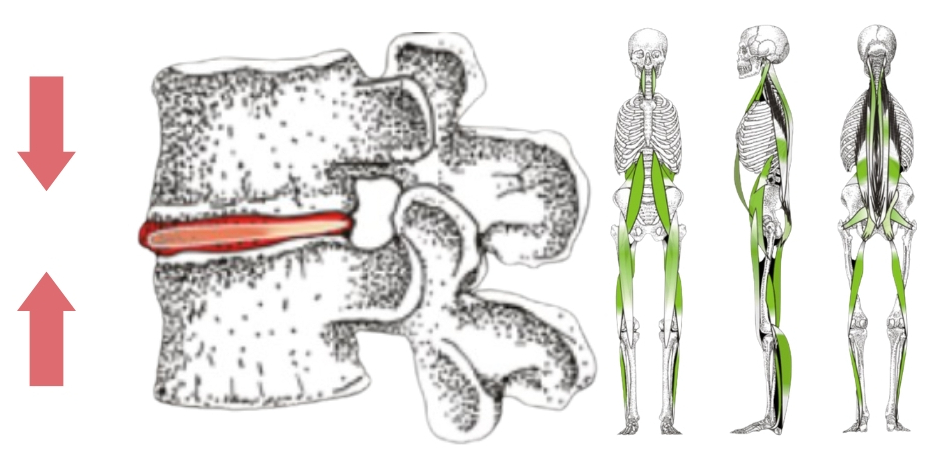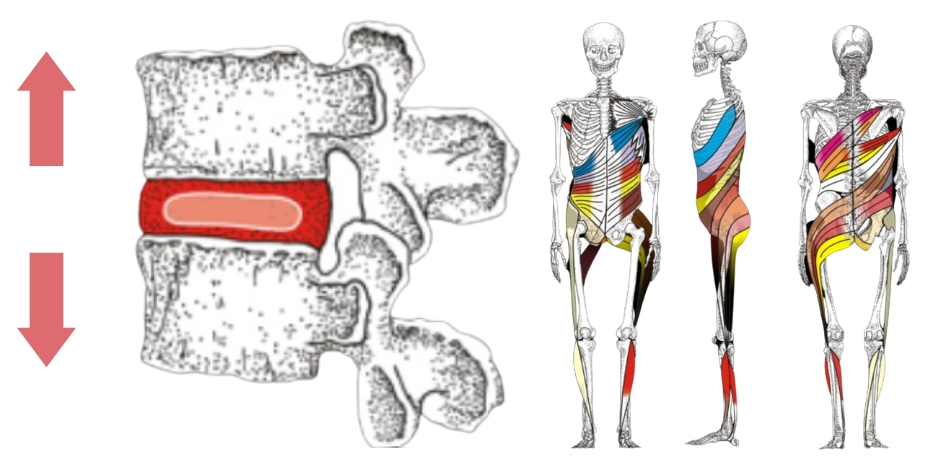Spiral Stabilization
Spiral Stabilization is an exercise method invented by a Czech medical doctor, Dr Richard Smisek. It has proven to be successful in the treatment of:
• scoliosis
• disc herniation / prolapse & disc degeneration
• back & neck pain
• headaches & migraines
• hypermobility syndrome
• spinal stenosis & spondylosis
• ankylosing spondylitis
• flat feet & bunions
Spiral Stabilization is also beneficial for:
• sports conditioning & injury prevention
• postural correction
• gait stabilization & coordination
• falls prevention for seniors
Specially designed resistance cords are used to train spiral muscle chains to naturally create spinal traction and decompression, relieving pressure on the intervertebral discs and straightening any scoliotic curves. Weak muscles are strengthened and tight muscles are stretched, thus eliminating the muscle imbalances that are often the cause of pain and mobility issues.
The exercises can be performed at home using simple exercise equipment to achieve lasting results without surgery.
Spiral Stabilization is suitable for children (from the age of 5 years), adults, the elderly and athletes.
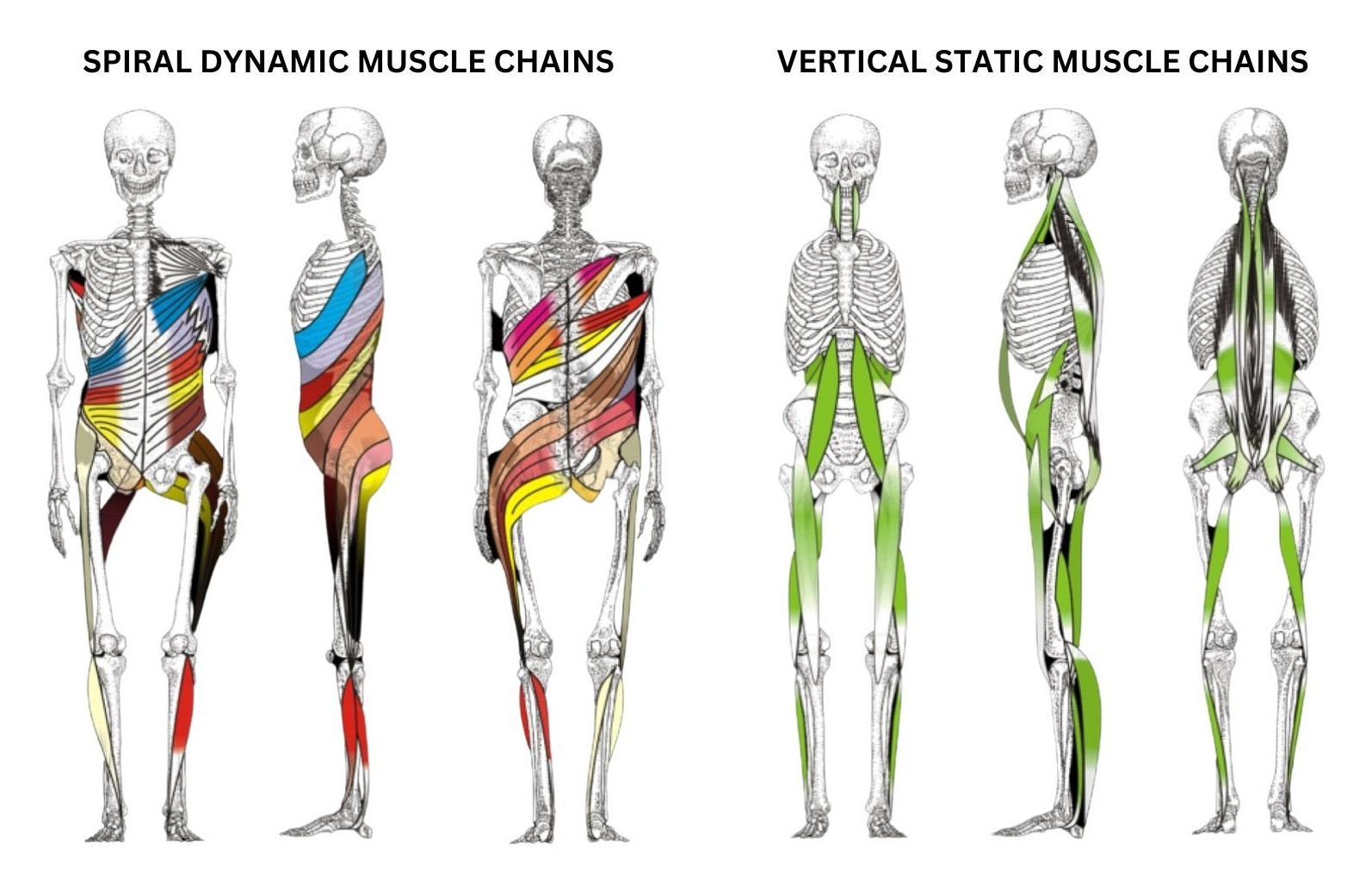
What are muscle chains?
Spiral Stabilization is based on the anatomy and function of muscle chains. These muscle chains are divided into two groups – spiral muscle chains and vertical muscle chains.
Spiral muscle chains stabilize the body during movement, such as walking, running and sport. During exercise these spiral muscle chains work together to create a dynamic stabilizing muscle corset, engaging the abdominal wall and creating natural spinal traction and decompression. This relieves pressure on the intervertebral discs and joints and therefore relieves pain. It also allows for optimal spinal movement whilst aligning the spine into the central body axis. Muscles within these spiral muscle chains are often weak and need strengthening.
Vertical muscle chains are designed to stabilize the body at rest. However, inactive and sedentary lifestyles can result in muscle tightness within these chains. This tightness causes spinal and joint compression and degeneration, compression of the intervertebral discs, poor posture and pain in the back and joints. Tightness within the vertical muscle chains also hinders the correct function of the spiral muscle chains, preventing optimally coordinated movement. Muscles within the vertical muscle chains are often tight and need stretching.
Spiral Stabilization exercises work to eliminate those muscle imbalances. Each Spiral Stabilization exercise stretches and relaxes tight muscles in the vertical muscle chains whilst strengthening weak muscles in spiral muscle chains. Gait training exercises prepare the body for walking and running and mobilise the spine in rotation with traction. For athletes, focusing on the fast activation of the spiral muscle chains will protect the spine and joints from overloading and prevent injuries and asymmetric sport overload.
Scoliosis
Spiral Stabilization exercises also play a very important part in the rehabilitation of children who wear a rigid back brace. Without an exercise programme, wearing a rigid back brace can result in muscle imbalances and weakness, which accelerates spinal degeneration. Spiral Stabilization exercises will also help to prevent the scoliotic curve worsening when the client stops wearing the brace.

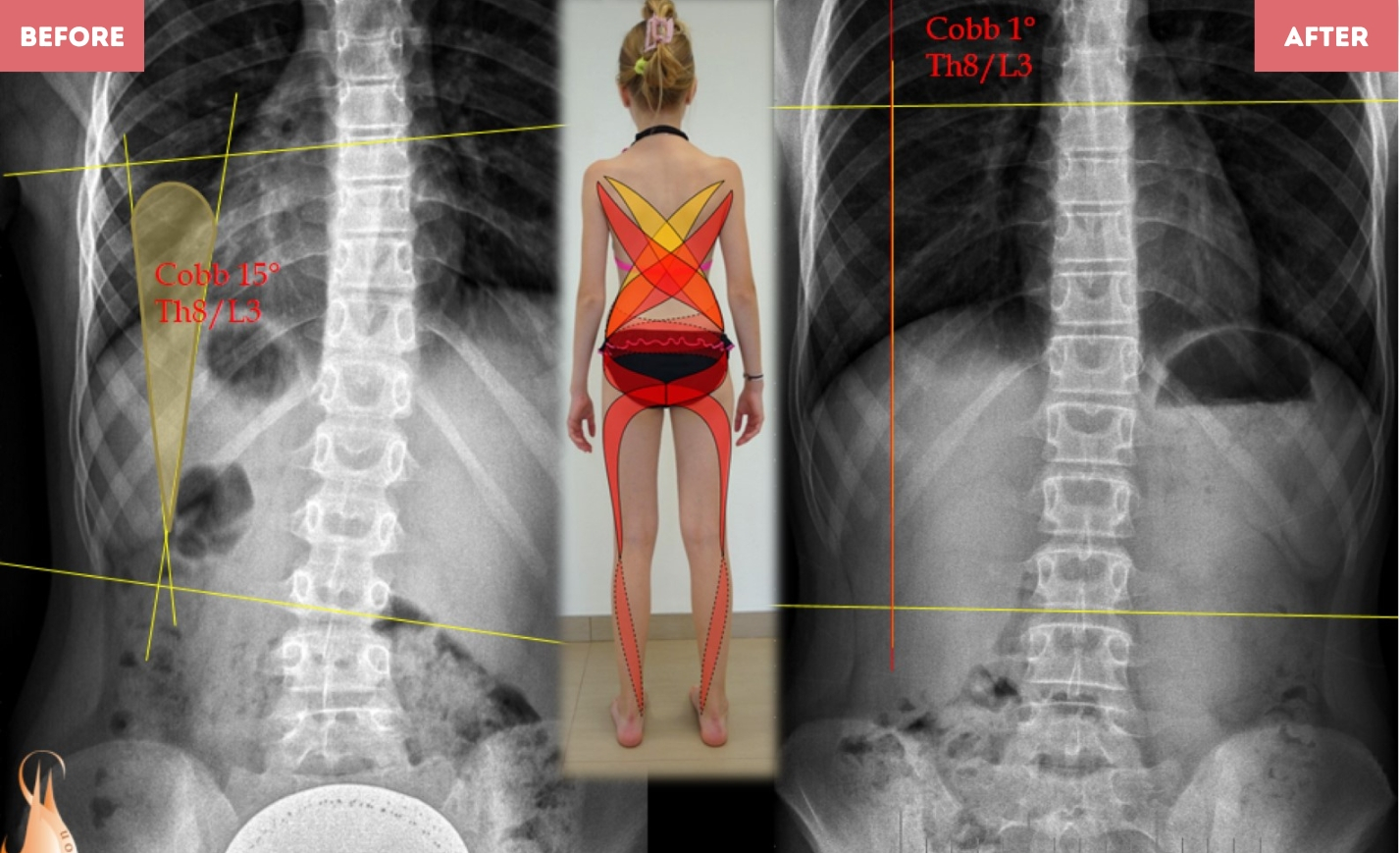
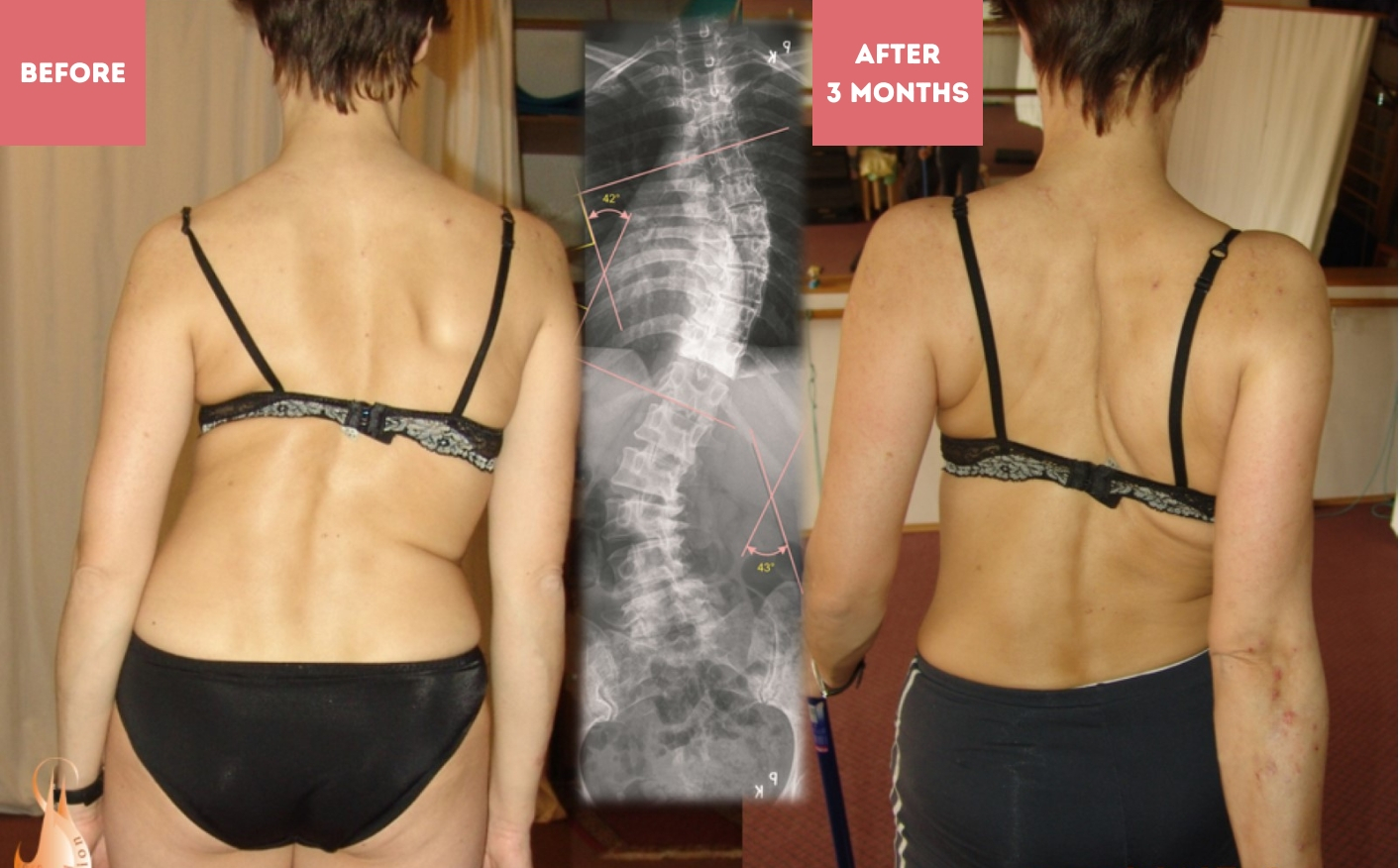
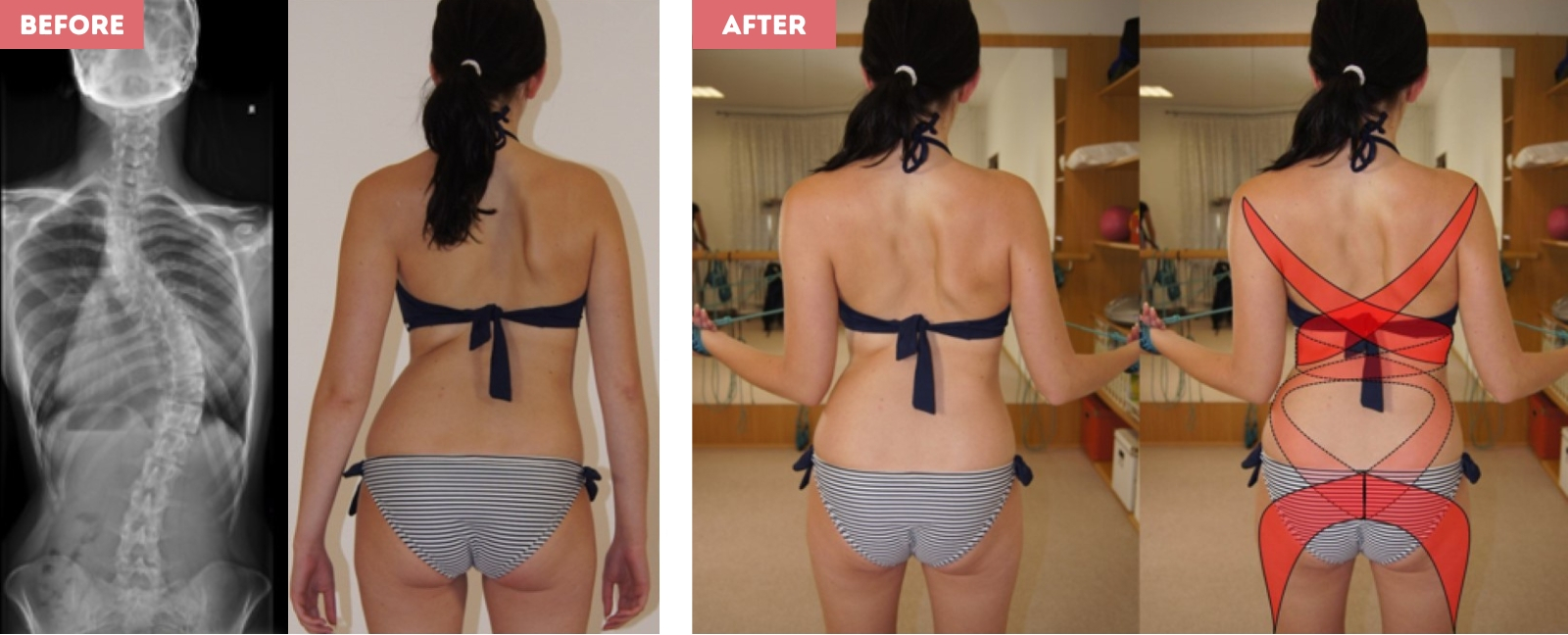
Hip Replacement & Knee Replacement
It is tension in our vertical muscle chains which causes compression and degeneration of our joints. By strengthening our spiral muscle chains, we naturally create traction and decompression, which relieves pain and prevents joint degeneration.
If you are awaiting a Total Hip Replacement or a Total Knee Replacement, you should prepare by learning the basic Spiral Stabilization exercises. Ideally these exercises should be practiced for 6 months before surgery to improve your posture, align your body and relax and stretch shortened muscles, standing you in good stead for your post-operative rehabilitation. It is also important to learn the correct coordination of walking with poles, so as to improve the stability of your gait after surgery.
After surgery, Spiral Stabilization exercises will help you to quickly return to full fitness. Under supervision, you may start exercising on the 5th day in sitting and should practice these exercises at home until the 15th day when you can progress to standing exercises, with full weight-bearing through the legs.
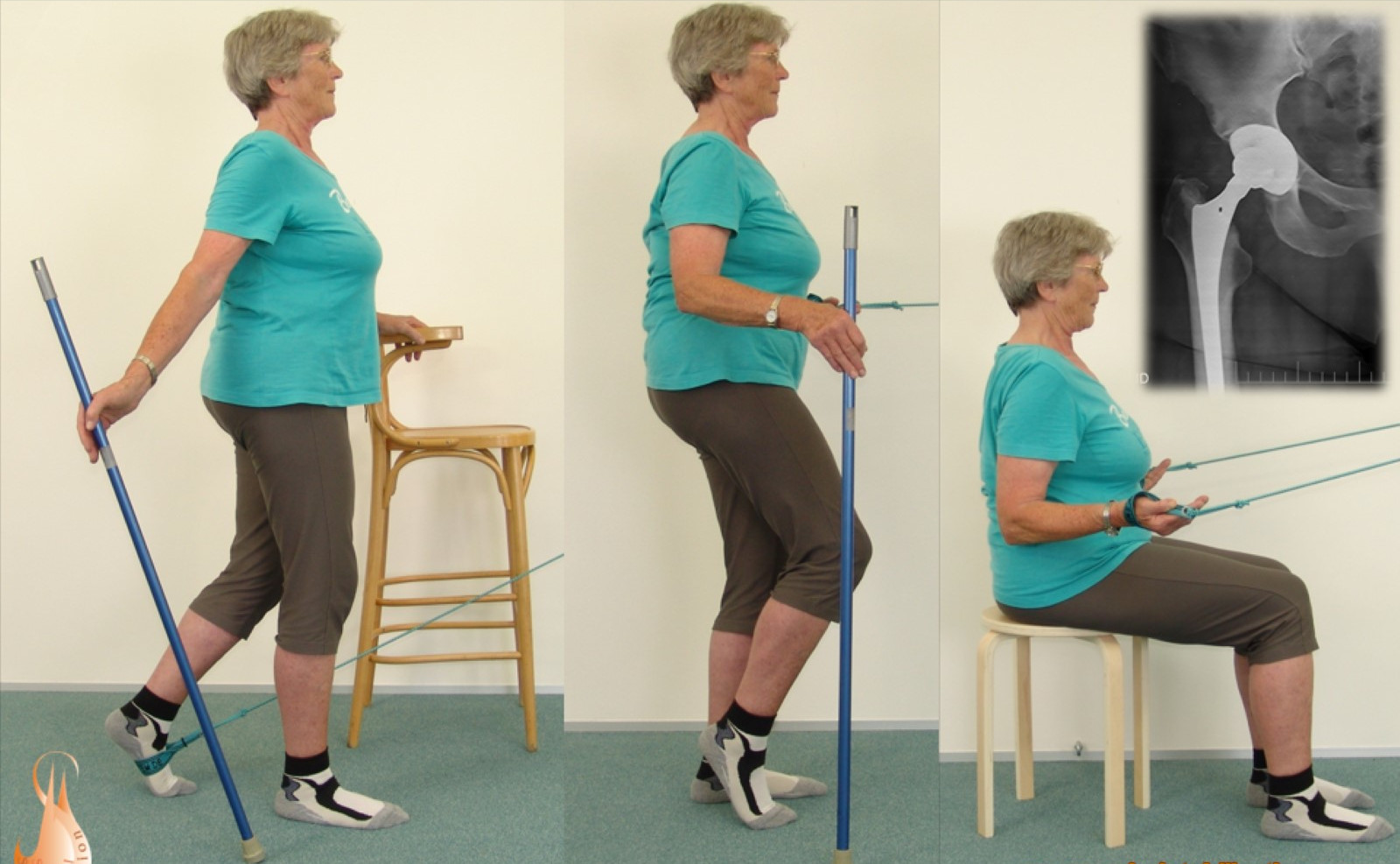
Disc Herniation & Degeneration
Spiral Stabilization can heal disc herniation in 3 to 12 months, depending on the individual client’s condition.
Spiral Stabilization prevents the need for surgery and prevents the reoccurrence of disc herniation.
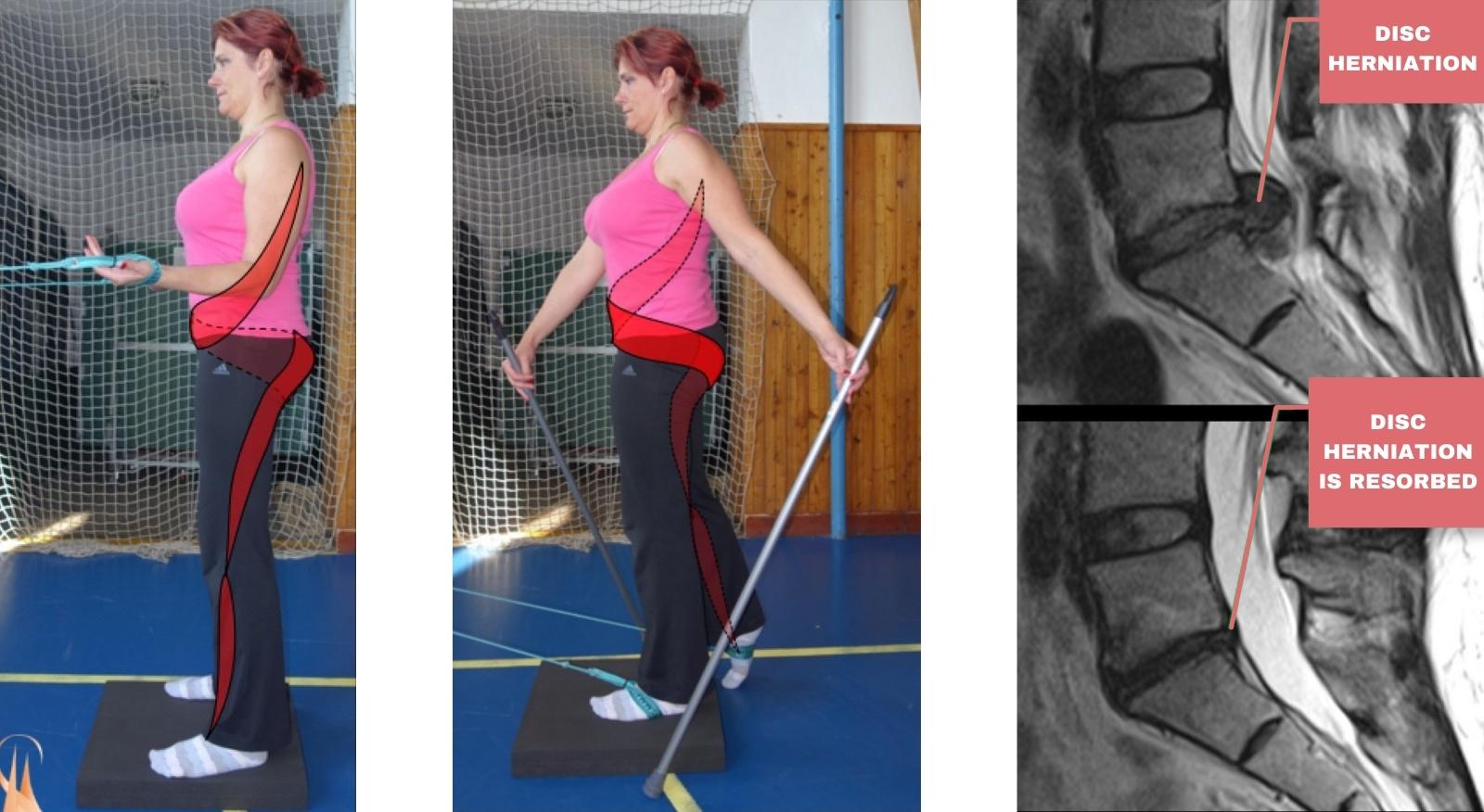
Take the first step towards a healthy spine!
Location
Online sessions are also available once you no longer need any hands-on assistance and guidance. This is typically after you have completed 5 in-person sessions.
Investment
In your own home:
£70 for 1 hour
Online:
£60 for 1 hour / £40 for 30 minutes
10% discount is available when you book 5 or more sessions in advance.
At your first session you will need to purchase a Spiral Stabilization exercise cord (£25). An exercise mat (£35) is optional at first, but is likely to become necessary as you progress.
Getting started
I am happy to answer questions by email, or we can schedule a time to chat if you prefer.
QUESTIONS BEFORE YOU COMMIT?
Frequently Asked Questions
Who are the exercises suitable for?
How often do I need to do the exercises?
What equipment will I need?
Where can I practice the exercises?
Your exercise routine can be easily practiced at home or even outdoors. You just need some space to move and a place where you can safely attach your Spiral Stabilization exercise cord. This could be a door handle, window handle, banister, leg of a table, or metal curtain holdbacks.

